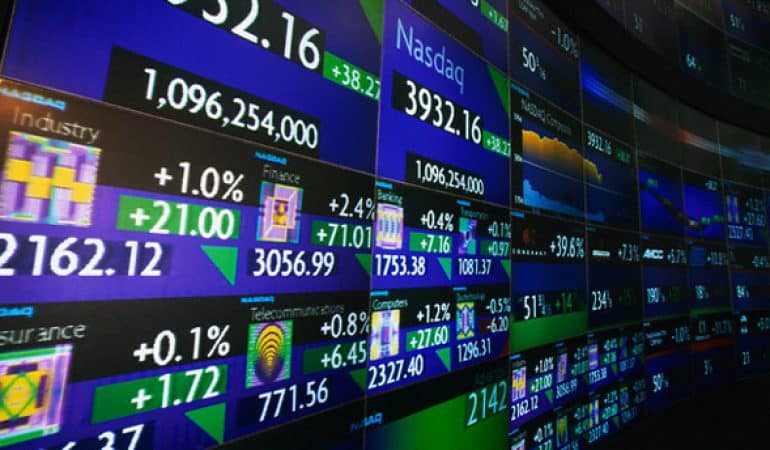
Among the biggest risers on the S&P 500 on Thursday November 01 was Albemarle Corporation ($ALB), popping some 6.25% to a price of $105.42 a share with some 2.98 million shares trading hands.
Starting the day trading at $100.38, Albemarle Corporation reached an intraday high of $105.84 and hit intraday lows of $100.00. Shares gained $6.2 apiece by day’s end. Over the last 90 days, the stock’s average daily volume has been 1.45 million of its 108.45 million share total float. Today’s action puts the stock’s 50-day SMA at $98.54 and 200-day SMA at $98.40 with a 52-week range of $86.75 to $144.99.
Albemarle Corp is a developer, manufacturer and marketer of engineered specialty chemicals. It provides services to end markets including petroleum refining, consumer electronics, construction, automotive, lubricants and pharmaceuticals.
Albemarle Corporation has its corporate headquarters located in Charlotte, NC and employs 5,400 people. Its market cap has now risen to $11.43 billion after today’s trading, its P/E ratio is now 32.7, its P/S 4.25, P/B 3.1, and P/FCF 31.8.
You can find a complete fundamental analysis of this stock at our For a complete fundamental analysis analysis of Albemarle Corporation, check out Stock Valuation Analysis tool for ALB.
Still paying commissions on stock trades? Equities.com now offers 100% commission free stock trading and flat-fee options trading for $89.95/month! Get started today by https://www.equities.com/trading
The Dow Jones Industrial Average (DJIA) is the most visible stock index in the United States, but that doesn’t make it the best. In fact, the industry standard for market watchers and institutional investors in gauging portfolio performance is the S&P 500.
The DJIA relies on just 30 stocks as a sample of large- and mega-cap firms, dwarfed by the 500 contained in the S&P 500, and it also weights its returns using an outdated and flawed price-weighting method. The S&P 500’s weighting is based on market cap, making it a much better representation of actual market performance for large- and mega-cap stocks.
